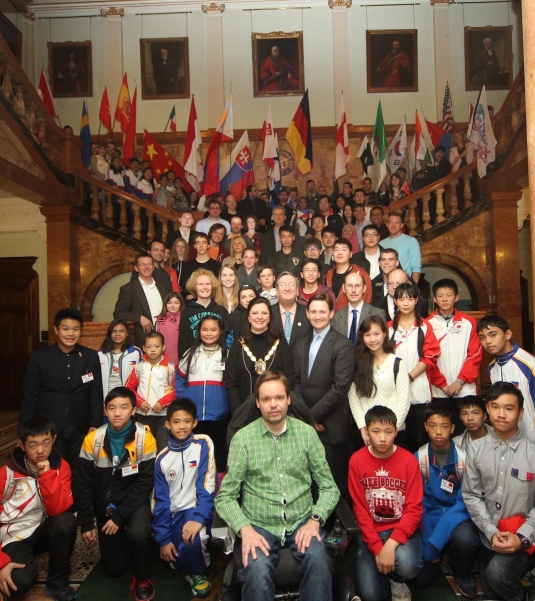The title of Grand Master of Memory was first awarded in October 1995 at a Memory Awards Ceremony at Hanbury Manor near Cambridge. The event was a conscious homage to the very first award of Chess Grandmaster titles at St Petersburg in 1914 by Czar Nicholas 11 to the greats of the world's most widespread mind sport.
The award of the memory titles was jointly sanctioned by Prince Philip of Liechtenstein and were based on the international memory rankings developed by Tony Buzan.
To become a Grandmaster you will need to be able to memorise 1000 digits in an hour, ten randomly shuffled decks of cards (520cards) in one hour, and be able to memorise one deck of cards in two minutes. These are the three criteria and they can only be achieved in competitions that have been officially approved and arbited by the World Memory Sport Council. The picture is from the World Memory Championship in London in 2013. The very best athletes from 33 countries participated.
In 1958 the first 10,000 digits of Pi were calculated and this set the ground for a new discipline. The Pi Matrix Challenge has been known as one of the hardest discipline in memory sport. In 1994 Philip Bond (U.K) was the first person to succeed the Pi Matrix Challenge. In 1961 the first 100,000 digits of Pi were computed by Daniel Shanks and John Wrench in New York using an IBM computer. This made it possible to perform the Pi Space Matrix Challenge which was done by Jonas von Essen (SE) in 2020. Jonas von Essen and Mark Aarøe Nissen are standing together in the picture.
